Fraser Institute
Virtual care will break the Canada Health Act—and that’s a good thing

From the Fraser Institute
The leadership of the Canadian Medical Association (CMA) is facing sharp criticism for its recent proposal to effectively ban private payment for virtual care. In a clear example of putting politics before patients, this would only erect additional barriers for those seeking care.
Moreover, it’s a desperate bid to cling to an outdated—and failed—model of health care while underestimating modern-day innovations.
Virtual care—online video doctor consultations—is a private-sector innovation. In response to our government system’s inability to provide timely care, private companies such as Maple have been offering these services to Canadians for almost a decade. In fact, the public system only pushed meaningfully into the virtual space during COVID when it established partnerships with these private companies alongside setting up new fee codes for virtual consultations.
In return for improving access to physician consultations for thousands of Canadians, these virtual care companies have been rewarded with increased government scrutiny and red tape. The weapon of choice? The Canada Health Act (CHA).
Specifically, sections 18 to 21 of the CHA prohibit user fees and extra billing for “medically necessary” services. Further, the insurance plan of a province must be publicly administered and provide “reasonable access” to 100 per cent of insured services. Provinces found in violation are punished by the federal government, which withholds a portion (or all) of federal health-care transfer payments.
Until recently, there had been no obvious conflict between the CHA and privately paid-for virtual care—primarily because the provinces are free to determine what’s medically necessary. Until recently, many provinces did not even have billing codes for virtual care. As virtual services are increasingly provided by the public sector, however, the ability to innovatively provide care for paying patients (either out-of-pocket or through private insurance) becomes restricted further.
Within this context, the CMA recently recommended formally including virtual care services within the public system, alongside measures to ensure “equitable access.” At the same time, it reiterated its recommendation that private insurance to access medically necessary services covered by the CHA be prohibited.
See where this is going?
The kicker is an additional recommendation banning dual practice (i.e. physicians working in both the public and private sector) except under certain conditions. This means doctors in the public system who could otherwise allocate their spare hours to private appointments online would now have to choose to operate exclusively in either the public or private system.
The combined effect of these policies would ensure that innovative private options for virtual care—whether paid for out-of-pocket or though private insurance—will either be overtaken by bureaucracies or disappear entirely.
But what the CMA report fails to recognize is that virtual care has expanded access to services the government fails to provide—there’s little reason to suspect a government takeover of the virtual-care sector will make things better for patients. And even if governments could somehow prevent Canadian doctors and companies providing these services privately, virtual care is not beholden to Canada’s physical borders. Patients with a little bit of technical knowhow will simply bypass the Canadian system entirely by having virtual consultations with doctors abroad. If Canadians can figure out how to access their favourite show in another country, you can be sure they’ll find a way to get a consultation with a doctor in Mumbai instead of Montreal.
Instead of forcing physicians and patients to operate within the crumbling confines of government-run health care, the CMA’s leadership should be grateful for the pressure valve that the private sector has produced. We should celebrate the private innovators who have provided Canadians better access to health care, not finding ways to shut them down in favour of more government control.
Author:
Business
Ottawa has spent nearly $18 billion settling Indigenous ‘specific claims’ since 2015
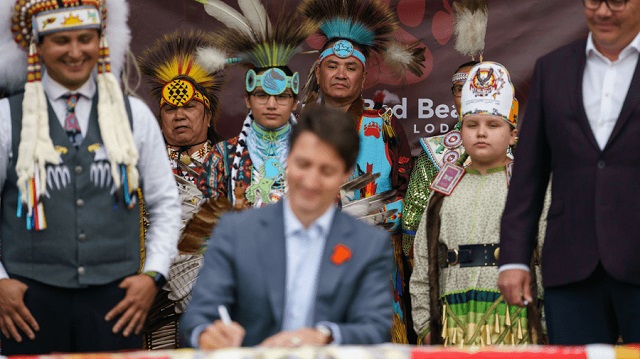
From the Fraser Institute
By Tom Flanagan
Since 2015, the federal government has paid nearly $18 billion settling an increasing number of ‘specific claims’ by First Nations, including more than $7 billion last year alone, finds a new study released today by the Fraser Institute, an independent, non-partisan Canadian public policy think tank.
“Specific claims are for past treaty breaches, and as such, their number should be finite. But instead of declining over time, the number of claims keeps growing as lucrative settlements are reached, which in turn prompts even more claims,” said Tom Flanagan, Fraser Institute senior fellow, professor emeritus of political science at the University of Calgary and author of Specific Claims—an Out-of-Control Program.
The study reveals details about “specific claims,” which began in 1974 and are filed by First Nations who claim that Canadian governments—past or present—violated the Indian Act or historic treaty agreements, such as when governments purchased reserve land for railway lines or hydro projects. Most “specific claims” date back 100 years or more. Specific claims are contrasted with comprehensive claims, which arise from the absence of a treaty.
Crucially, the number of specific claims and the value of the settlement paid out have increased dramatically since 2015.
In 2015/16, 11 ‘specific claims’ were filed with the federal government, and the total value of the settlements was $27 million (in 2024 dollars, to adjust for inflation). The number of claims increased virtually every year since so that by 2024/25, 69 ‘specific claims’ were filed, and the value of the settlements in 2024/25 was $7.061 billion. All told, from 2015/16 to 2024/25, the value of all ‘specific claims’ settlements was $17.9 billion (inflation adjusted).
“First Nations have had 50 years to study their history, looking for violations of treaty and legislation. That is more than enough time for the discovery of legitimate grievances,” Flanagan said.
“Ottawa should set a deadline for filing specific claims so that the government and First Nations leaders can focus instead on programs that would do more to improve the living standards and prosperity for both current and future Indigenous peoples.”

Specific Claims: An Out-of-Control Program
- Specific claims are based on the government’s alleged failure to abide by provisions of the Indian Act or a treaty.
- The federal government began to entertain such claims in 1974. The number and value of claims increased gradually until 2017, when both started to rise at an extraordinary rate.
- In fiscal year 2024/25, the government settled 69 claims for an astonishing total of $7.1 billion dollars.
- The evidence suggests at least two causes for this sudden acceleration. One was the new approach of Justin Trudeau’s Liberal government toward settling Indigenous claims, an approach adopted in 2015 and formalized by Minister of Justice Jodi Wilson-Raybould’s 2019 practice directive. Under the new policy, the Department of Justice was instructed to negotiate rather than litigate claims.
- Another factor was the recognition, beginning around 2017, of “cows and plows” claims based on the allegation that agricultural assistance promised in early treaties—seed grain, cattle, agricultural implements—never arrived or was of poor quality.
- The specific-claims process should be terminated. Fifty years is long enough to discover legitimate grievances.
- The government should announce a short but reasonable period, say three years, for new claims to be submitted. Claims that have already been submitted should be processed, but with more rigorous instructions to the Department of Justice for legal scrutiny.
- The government should also require more transparency about what happens to these settlements. At present, much of the revenue paid out disappears into First Nations’ “settlement trusts”, for which there is no public disclosure.
Business
Senator wants to torpedo Canada’s oil and gas industry

From the Fraser Institute
Recently, without much fanfare, Senator Rosa Galvez re-pitched a piece of legislation that died on the vine when former prime minister Justin Trudeau prorogued Parliament in January. Her “Climate-Aligned Finance Act” (CAFA), which would basically bring a form of BDS (Boycott, Divestment, and Sanctions) to Canada’s oil and gas sector, would much better be left in its current legislative oblivion.
CAFA would essentially treat Canada’s oil and gas sector like an enemy of the state—a state, in Senator Galvez’ view, where all values are subordinate to greenhouse gas emission control. Think I’m kidding? Per CAFA, alignment with national climate commitments means that everyone engaged in federal investment in “emission intensive activities [read, the entire oil and gas sector] must give precedence to that duty over all other duties and obligations of office, and, for that purpose, ensuring the entity is in alignment with climate commitments is deemed to be a superseding matter of public interest.”
In plain English, CAFA would require anyone involved in federal financing (or federally-regulated financing) of the oil and gas sector to divest their Canadian federal investments in the oil and gas sector. And the government would sanction those who argue against it.
There’s another disturbing component to CAFA—in short, it stacks investment decision-making boards. CAFA requires at least one board member of every federally-regulated financial institution to have “climate expertise.” How is “climate expertise” defined? CAFA says it includes people with experience in climate science, social science, Indgineuous “ways of knowing,” and people who have “acute lived experience related to the physical or economic damages of climate change.” (Stacking advisory boards like this, by the way, is a great way to build public distrust in governmental advisory boards, which, in our post-COVID world, is probably not all that high. Might want to rethink this, senator.)
Clearly, Senator Galvez’ CAFA is draconian public policy dressed up in drab finance-speak camouflage. But here’s what it would do. By making federal investment off-limits to oil and gas companies, it would quickly put negative pressure on investment from both national and international investors, effectively starving the sector for capital. After all, if a company’s activities are anathema to its own federal regulators or investment organs, and are statutorily prohibited from even verbally defending such investments, who in their right minds would want to invest?
And that is the BDS of CAFA. In so many words, it calls on the Canadian federal government to boycott, divest from, and sanction Canada’s oil and gas sector—which powers our country, produces a huge share of our exports, and employs people from coast to coast. Senator Galvez would like to see her Climate-Aligned Finance Act (CAFA) resurrected by the Carney government, whose energy policy to-date has been less than crystal clear. But for the sake of Canadians, it should stay dead.
-
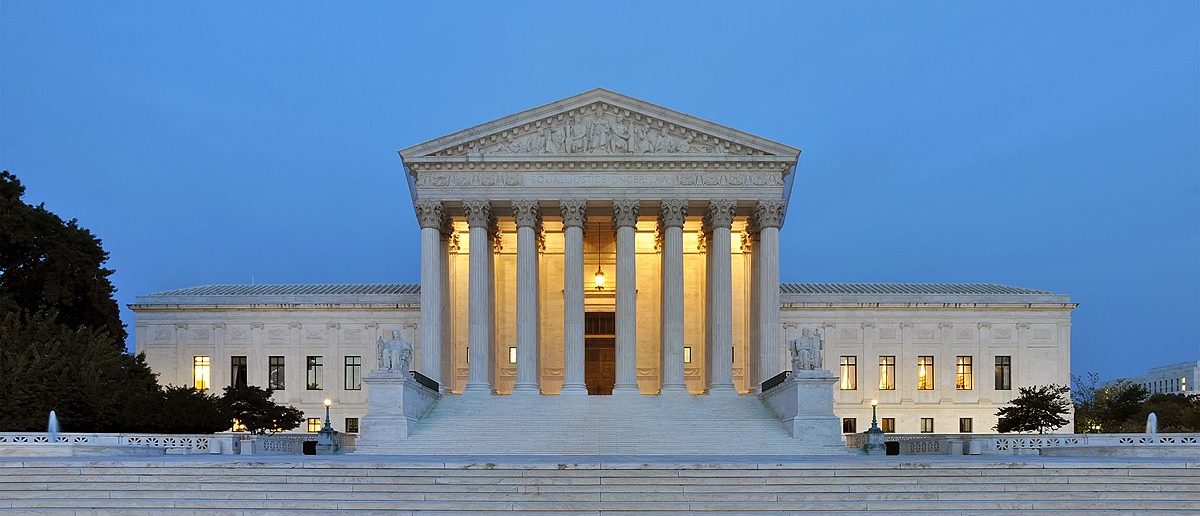
 Daily Caller1 day ago
Daily Caller1 day agoUnanimous Supreme Court Ruling Inspires Hope For Future Energy Project Permitting
-
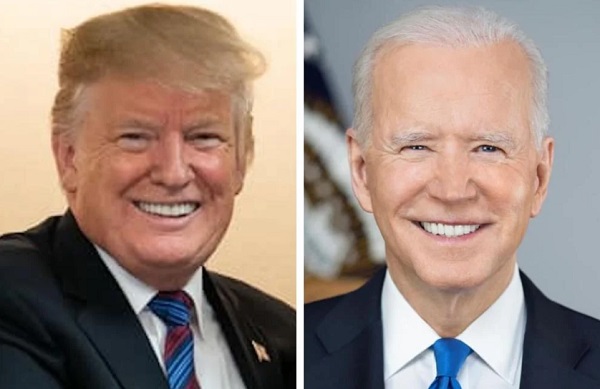
 espionage1 day ago
espionage1 day agoFBI Buried ‘Warning’ Intel on CCP Plot to Elect Biden Using TikTok, Fake IDs, CCP Sympathizers and PRC Students—Grassley Probes Withdrawal
-

 Agriculture1 day ago
Agriculture1 day agoUnstung Heroes: Canada’s Honey Bees are not Disappearing – They’re Thriving
-

 espionage1 day ago
espionage1 day agoFrom Sidewinder to P.E.I.: Are Canada’s Political Elites Benefiting from Beijing’s Real Estate Reach?
-
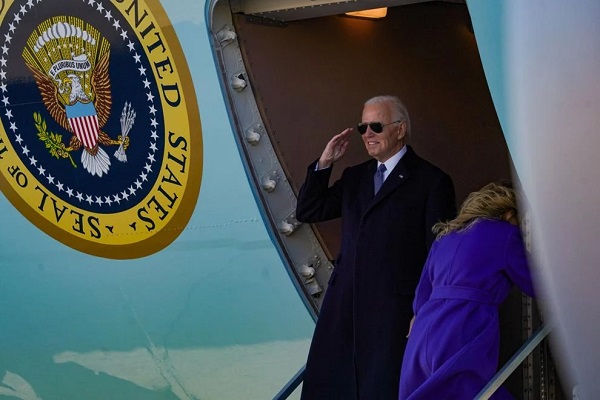
 International2 days ago
International2 days agoJudiciary explores accountability options over Biden decline ‘coverup’
-

 Economy2 days ago
Economy2 days agoOttawa’s muddy energy policy leaves more questions than answers
-
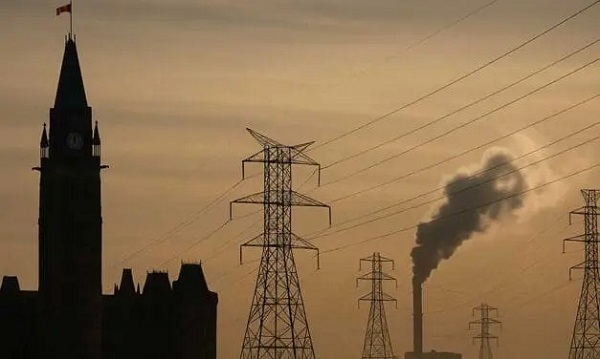
 Energy1 day ago
Energy1 day agoWho put the energy illiterate in charge?
-

 Alberta1 day ago
Alberta1 day agoAlberta’s carbon diet – how to lose megatonnes in just three short decades




